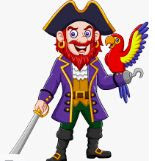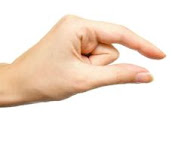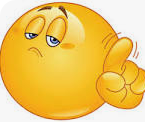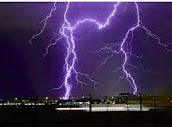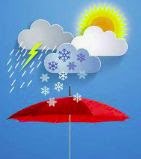[purchase the first season]
As we transition from The Future to Cartoons and Comics, it seemed fitting to write about The Jetsons, a cartoon that probably had more to do with my generation’s expectations for the future than anything else.
Prepare, now, to have your mind blown. The Jetsons cartoons that we grew up on consisted of a single season of 24 episodes that originally ran on ABC on Sunday nights from September 23, 1962, to March 17, 1963. It was designed to be the futuristic counterpart to the prehistoric Flintstones (which ran 6 seasons), which itself was a take-off of The Honeymooners. One season in prime time, and forever in syndication, which is where I saw it. (More episodes were produced starting in 1985, but I can be certain that I never saw any of those).
In The Jetsons, the future seemed pretty great. People lived in space, had flying cars and robot maids, none of which have yet to really be a common thing. On the other hand, videophones and holograms and moving sidewalks are part of our lives, to varying degrees. And George Jetson’s job, as a “digital index operator” at Spacely’s Space Sprockets only required him to work an hour a day, two days a week. Unfortunately, the future did not end the concept of the tyrannical and clueless boss, and poor George often had to deal with Mr. Spacely’s whims and his constant competition with Cogswell’s Cogs. George, by the way, was voiced by actor George O’Hanlon, who otherwise had only bit parts (with credits like, “Drunk,” “Bear Man,” “Drunk” (a different one), “Parking Attendant” and “Security Guard”), but he was able to voice George again when the series was revived in the 1980s. O'Hanlon died of a stroke in 1989, while recording dialogue for Jetsons: The Movie, which was dedicated to him and the legendary voice actor Mel Blanc (the voice of Cosmo Spacely), who also died that year.
My colleague Andy La Raygun recently linked to an article about The Jetsons from none other than Smithsonian magazine, and it discusses the outsized influence this cartoon has had on our culture. Go ahead and read it. It isn’t long. One interesting point the article makes is that although the show was produced and broadcast in color, in 1962, less than 3 percent of American households had a color television set. So the bright, colorful future that The Jetsons promised was rendered in dull blacks and grays for most people, and that may be why it only lasted a season in prime time. (Maybe The Flintstones’ greater longevity can be traced to the fact that people subconsciously were OK with seeing a prehistoric show in black and white, sort of the opposite reaction that we have today when we see footage of World War II in color, since, you know, it took place in black and white).
This being a music blog, I thought I should mention that the memorable theme song for The Jetsons was written by Hoyt Curtin, and it actually became a hit in 1986. Curtin was the composer of many Hanna-Barbera cartoons' theme songs, including The Flintstones, Top Cat, Jonny Quest, Superfriends, and Josie and the Pussycats, and thus may have been the composer whose music I most listened to as a young child.
Sunday, October 18, 2015
The Future-->Cartoons and Comics: The Jetsons
Posted by Jordan Becker at 12:30 AM
Labels: Cartoons and Comics, The Flintstones, The Future, The Jetsons
blog comments powered by Disqus





